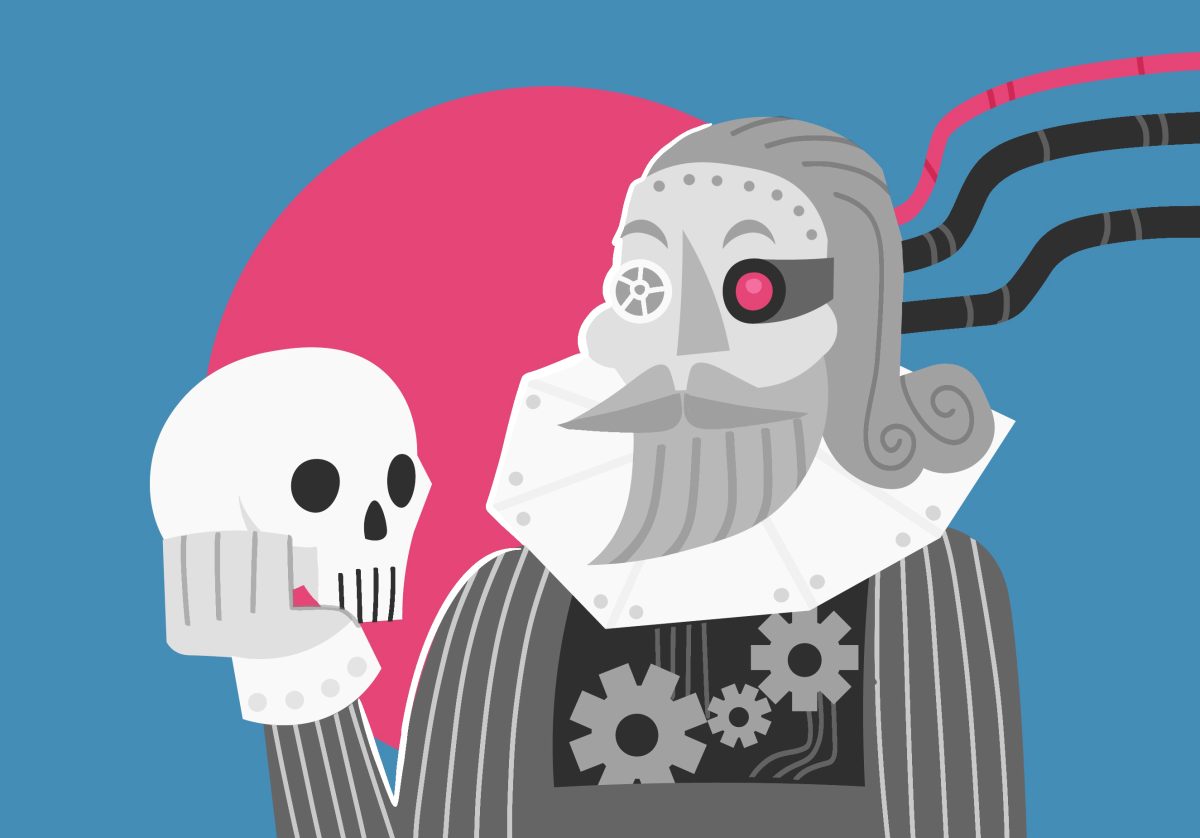It might not seem that a German movie et immediately after the fall of the Berlin Wall and a documentary about a famous architect would have much in common, but at their essences, both “Good Bye, Lenin!” and “My Architect: A Son’s Journey” are about family, illusions and changing worlds.
“Good Bye, Lenin!” is a German movie that is easily the best movie I have seen this year. The story centers on Alex, an East German who goes for a walk in October 1989 with a few hundred other people who want the right to go for a walk without the wall in their way. That same night, Alex’s mother has a heart attack. In the chaos of the night, she doesn’t receive oxygen in time and goes into a coma for eight months, sleeping through the fall of the Berlin Wall and the reunification of Germany.
When she wakes up, her doctor cautions that any shock could kill her. Alex is certain that an entirely different Germany from the one she fell asleep in will be a shock. So, he convinces her doctor and his sister to let her leave the hospital and return to her apartment, which Alex preserves as a communist time capsule.
This setup allows the plot to explore how thoroughly transformed life in East Germany became after reunification – everything from the brands of food people could buy, the cars they drove, the clothes they wore and the jobs they had changed. The movie doesn’t shy away from showing how dislocated and useless many East Germans felt after reunification. Alex also searches for his father, who vanished into the West 10 years before. What makes the movie so powerful is the way Alex and his mother believe in the illusions they have created for each other.
“My Architect” is a documentary by Nathaniel Kahn in which he attempts to pierce through the illusions surrounding his father, architect Louis Kahn, and examine the world in which his father lived. Louis died of a heart attack in a train station when Nathaniel was 11. Because Louis had crossed his home address off his passport, it took three days to notify Kahn’s family. Nathaniel’s mother believed Louis had crossed off his address because he was going to leave his wife, Esther, and live with Nathaniel and his mother.
In the course of uncovering who his father was, Nathaniel learns that his family is more complicated than even such an introduction suggests, and the truth might have been that Louis crossed off his address because he had no home where he completely belonged.
Louis’ family situation is complicated. He had his oldest daughter, Sue Ann, with Esther, his wife. He had his second daughter, Alexandra, with Anne Tyng, an architect in his office. Louis had Nathaniel with Harriet Pattison, a landscape architect who also collaborated on projects with him.
Until this documentary, I had never heard of Tyng’s collaboration with Louis on the New Jersey bath house where he fully came into his style. This is a reflection of the star system in architecture – where only the biggest name, and not the many other people who work on a project, are acknowledged – and its slowly changing reputation as a white man’s profession.
I am sure more female architects than Sophia B. Hayden, designer of the Women’s Building at the World’s Colombian Exposition in Chicago in 1893 and the only woman discussed in my architectural history class, have contributed to noted work in architecture. In addition to designing at a time when female designers were largely ignored, Tyng and Pattison became single mothers in an era when single mothers were taboo without a lot of support from Louis Nathaniel makes peace with his father’s memory at Bangladesh’s capitol, Louis’ final project.
At the end of their journeys, Nathaniel and Alex realize they can never completely understand their parents and accept how important illusions can be. Both “Good Bye, Lenin!” and “My Architect” reveal that truth is a complicated and elusive thing, and even more so where family and societal norms collide.
R.R.S. Stewart welcomes comments at [email protected]













